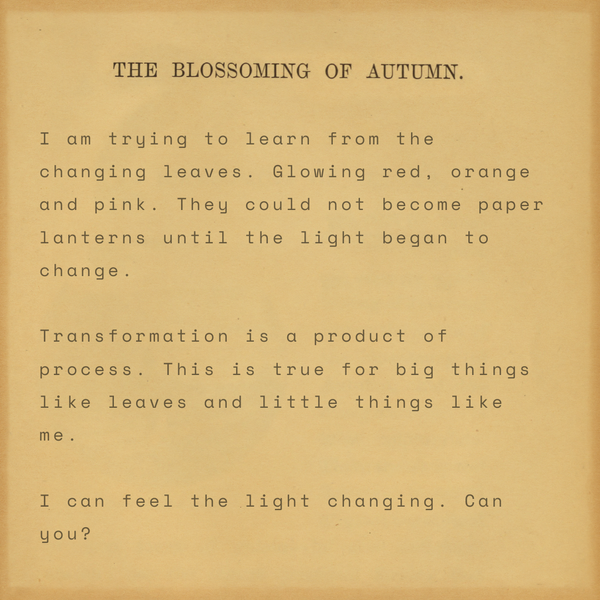Suffer the Little Children
Mothers have always crossed boundaries to save their kids

Originally published on Medium
You can gauge the power of an institution by the number of people lined up to beg for mercy at its door. The longer the line, the more powerful the institution, the more powerful the institution, the more preoccupied it becomes with self-preservation. Laws, traditions, and litmus tests proliferate. These can shield from very real threats, but they are also used to insulate against change, the different, the low and deserving. The world’s great religions and countries have always guarded their thresholds against the people pressing into them seeking their portion of grace.
In early modern history, there were few doors with more people in line than that of a Catholic church. And in that line, there were few people in need of as much mercy as the mother holding a dead, unbaptized baby. In Catholic tradition, the unbaptized child’s soul wandered restlessly in limbo, cut off from divine presence and eternally lost to the mother that bore it. This banishment wasn’t just a matter for the next world, it was made manifest in this world as well. The unbaptized could not be buried in hallowed ground. Denied a resting place in the church cemetery, the little bodies were buried along roadsides, planted in fields and tucked into family gardens. The mother who gave birth to a stillborn baby, or a baby who died before baptism could take place, was a mother who had conceived a soul just to have it immutably condemned.
Unless.
Unless the mother could get her baby to a church that had a sanctuary with a respite. Places of, if not resurrection, then resuscitation, respites were shrines where the distraught parent could pray for intercession, a momentary miracle to change their child’s eternal fate. Often only a few hours removed her labor, still torn and bleeding, the mother carried her shrouded baby to the shrine, placed the baby on the altar and unwrapped it. Once the child’s body was arranged, the mother, and anyone attending her, knelt down and prayed. They did not pray for life. They prayed for signs of life, a flush across the cheeks, an exhalation of breath, a drop of urine.
Often, the midwife who assisted during the birth would stand as a witness at the altar. She would send for the priest if life brushed across the child’s form. Much of what these women recognized as evidence of divine intercession looked very much like what we now know to be the mechanisms of decay — eventual softening of the stiffened body, post-mortem hyperthermia, gases and liquid escaping the body. If a sign of life was given, the baby could be baptized. Afterwards, the child was declared dead a second time. This second death was nearly bearable. The baby was given a proper burial and the mother was given the hope that her child had gone to a better place.
Clergy was not uniformly in favor this practice. Whether a child was spared limbo, or abandoned to it, very much depended on the view of the local priest. Even the clergymen who supported the idea were incredibly selective about what children they deemed fit for baptism. Still, the mothers persisted. One priest wrote about a mother’s four-day vigil over her dead baby. The body rotting, the miracle never come, he instructed her to take the child away. In her exhaustion, she thought he told her to take the child to be baptized. She carried that crumbling baby to the nearest officiating priest and said life had been confirmed. The baby was baptized, but only the mother believed it was saved. Most children brought to sanctuaries with respite were not allowed to be baptized. Most mothers carried their babies out of the churchyard in despair. These infants are buried all over Europe in unhallowed, unknown ground.
Mothers have always been willing to cross boundaries to deliver their children to a better place. For the mother of a dead baby in fifteenth century France, that meant traversing the line between life and death. For the mother of a child living in a country rent by war, corruption and poverty, the lines crossed are often those we’ve drawn around countries. There is little kneeling. Her vigil is kept as she walks, runs, climbs, rides, cowers and stands up to walk again. The journey can take months and is rife with risk. A woman making this journey is often robbed, beaten, trafficked or raped.Still, she makes the same decision mothers have made in every age. She picks up her child and carries it to a place of uncertain mercy.
After her home was tear gassed by soldiers, Mirian carried her baby from Honduras to an official U.S. port of entry in Texas. Following United States law, she presented herself and her 18-month-old son to immigration officials and requested asylum. Mirian knew she could spend days, weeks, even months, in a detainment center with her son while her application was reviewed. That night she held her son while they slept at the border station. In the morning, immigration officials asked her to carry her baby outside. Two cars waited for them. Mirian was told her son would go in one car and she would go in another. Her hands shook as she buckled him into a carseat.He sobbed as the car pulled out. They had never been away from one another. Mother and baby would spend over two months apart. The baby in foster care, Mirian in a detainment center.
Have you ever lost your child for just a moment? Around the corner in a grocery store? Or in a little crowd of people in a big place? You know that panicked feeling? The one that thickens your throat and pulses in your fingertips? The one you’re feeling as you call out your child’s name over and over again. Louder and louder until finally their head bobs up near the oranges, or their hand grabs yours from behind? Imagine that feeling. For months. In a place you cannot leave, where you cannot easily access a phone and you do not speak the language.
Currently, America is a sanctuary with respite. The mothers persist. Grieving and afflicted, they carry their children to our door and they beg for mercy.They have followed the laws we’ve put into place. And we’ve ripped their babies from their arms while we process forms and form more processes.The days stretch into weeks and the weeks stretch into months. Some mothers will be handed their children and told they may remain. These women and children, these accepted refugees, have in no way gained admittance to any kind of paradise, but they have been given the right to live in a better place. Other mothers will be handed their children and told to carry them back to the places — and persecutions — they had left behind. In April, Mirian’s request for asylum was granted. In May, her son was returned to her arms. Other mothers (and fathers) are still waiting.
Sanctuaries with respite developed as a response to an untenable situation.Desperate mothers sustained the shrines over hundreds of years and thousands of prayers. The last sanctuaries with respite remained active until WWI. Even after the practice ceased, the aching need for intercession did not. There were still mothers having stillborn babies, still children buried outside the family plot. It wasn’t until 2007 that the Vatican’s Theological Commission released a study announcing said that limbo was an “unduly restrictive view of salvation.” Parents were encouraged to believe that a loving God would bring unbaptized babies into paradise. The decision was grounded in hundreds of years of Catholic revelation and liturgy. But in the end, for those who don’t have time to read the entire 41-page study, limbo for infants was eliminated because the eternal banishment of innocent children just doesn’t square with what the Catholic church officially understands about God’s love.
America is in an untenable situation. Desperate mothers trek to us sustaining injuries and immigration paths, they follow our laws, they are seeking a better place. And then we splinter them from their children, and keep each in a limbo of our own design. Years ago Catholics had the courage to ask, Is it heaven if a sinless baby is left to wander outside its gates? Today, we must have the courage to ask, Is this America if the poor and huddled masses are turned away at our threshold?
You can gauge the power of an institution by the number of people lined up to beg for mercy at its door. You can judge the worth of an institution by the number of people who receive mercy at its door.
“Keep, ancient lands, your storied pomp!” cries she
With silent lips. “Give me your tired, your poor,Your huddled masses yearning to breathe free,The wretched refuse of your teeming shore.Send these, the homeless, tempest-tossed to me,I lift my lamp beside the golden door!”




